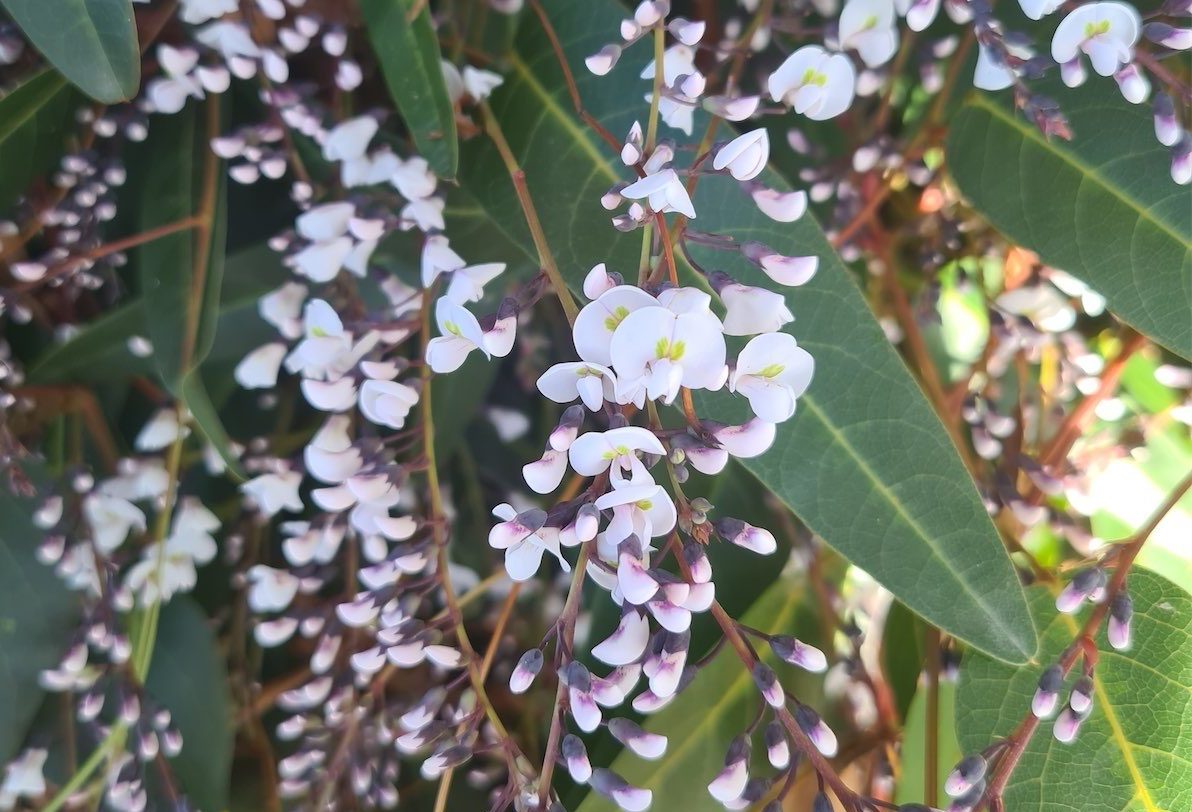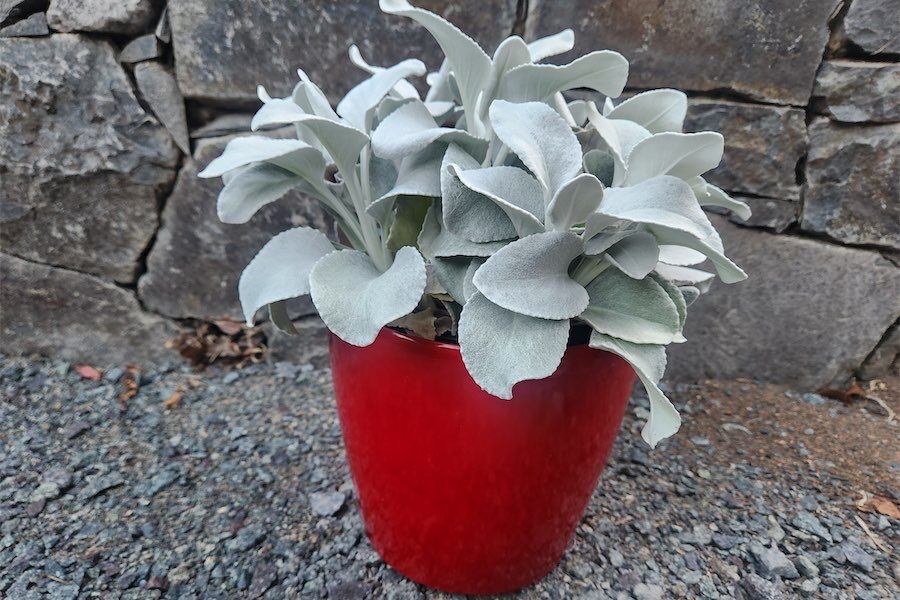
The Happy Wanderer is a fast-growing native plant that’s putting on a show right now, writes gardening columnist JACKIE WARBURTON.
THE Happy Wanderer (Hardenbergia violacea) can delicately trail over fences and won’t strangle what it’s growing on. Its roots are non-invasive and grow well in pots.

An evergreen, it has small purple or white cascading flowers and as a small shrub it can be used as a ground cover on steep slopes and grows up to 1.5 metres wide.
The endemic variety is purple and now there are white flowering varieties available. A mix of the two colours together really does put on a show and is great for attracting bees to the garden.
Hardenbergia propagated and sold outside our region may be more susceptible to our frosts and cold weather and may struggle opposed to locally propagated plants. Look out for plants at market sales and native nurseries.
A light prune after flowering will keep them tidy and watering during the hot months will ensure a fantastic winter to spring flowering show. Hardenbergia is easy to propagate from seed and softwood cuttings during spring with strong, new growth tips removed, dipped in honey or hormone gel and gently planted in small containers with propagating mix. Keep moist, but not wet.
If growing from seed, pre-treat by soaking overnight in boiling water and then planting the following day in punnets. Seed will begin to germinate once the temperature is above 21 degrees and germination will occur around 10-21 days.

HYACINTHUS orientalis is a winter/spring flowering bulb with a knockout fragrance that will fill the garden with honey scent.
Suitable as a picked flower for a vase indoors or the entire bulb can be grown indoors in a forcing vase. These vases trick the bulbs into flowering and can be a decorative, long-flowering fragrant display indoors.
When the flowering has finished, the bulbs can be planted outside in the garden in a sunny spot to flower the following year.
Growing Hyacinth indoors can be tricky and will need to be a perfect spot with dappled light to grow well. If the room temperature is too warm, the flowers may flop. Revive the flower by placing it outdoors for a few days in the cool air.
Hyacinth bulbs are generally not long lived and once the blooms are sparse, dig up, divide and replant only fresh bulbs. If the flowers are small and growing on particularly short stems with sparse flowers, it may be caused by the lack of cold storage while the bulb was dormant or beginning to slowly decline. Again, divide and only replant full, fresh-looking bulbs in good-quality soil.
NOW spring is around the corner, it’s time to change fertilising garlic with high-nitrogen fertiliser to a potash fertiliser to help fatten the bulbs and push it into flower.
THE vegetable patch is only about six weeks away from planting out and now’s the time to make sure it is weed free, and the soil is dug over to a spade depth. Add any lime, compost or rock minerals that are needed to sweeten the soil, water in and mulch.
The soils don’t warm in Canberra until October, so early planting is not beneficial for many vegetables such as tomatoes and zucchinis.
Stone fruit trees are about to burst into flower, so keep the copper spray handy for peach leaf curl until the buds open.
Jottings
- September 1 is Wattle Day. Celebrate spring with a wattle in the garden.
- Add lime to the vegetable garden where peas and beans are to grow in spring.
- Sow edible flowers such as calendula, violas and nasturtiums.
- Preserve excess lemons in salt, water and lemon juice in a jar.
Who can be trusted?
In a world of spin and confusion, there’s never been a more important time to support independent journalism in Canberra.
If you trust our work online and want to enforce the power of independent voices, I invite you to make a small contribution.
Every dollar of support is invested back into our journalism to help keep citynews.com.au strong and free.
Thank you,
Ian Meikle, editor





Leave a Reply